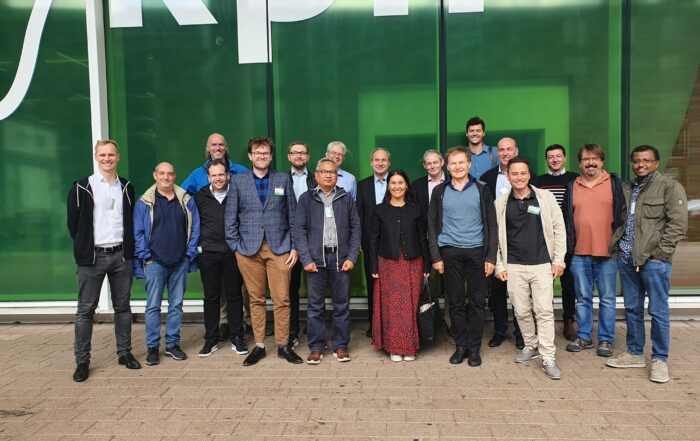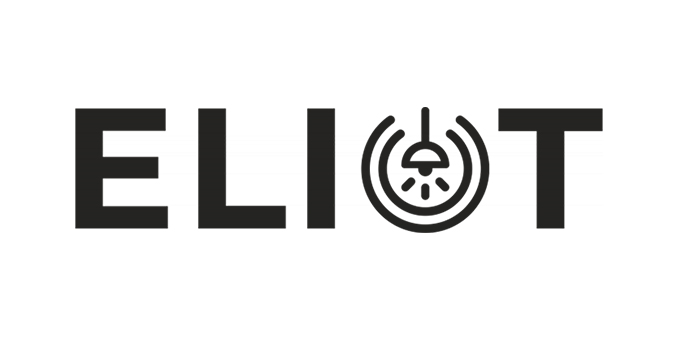T. E. Bitencourt Cunha, Jean-Paul M. G. Linnartz, Xiong Deng, “Throughput of Optical WDM with Wide LED Spectra and Imperfect Color-detecting Filters”, 29th Wireless and Optical Communications Conference (WOCC), 2020
Abstract: Plastic optical fiber (POF) is considered as an attractive candidate for next-generation networks, for fiber-to the-home or for fronthaul of wireless access points in offices. Inside such spaces, visible light communication (VLC) can be an attractive interference-free communication approach. Such system can offer high data rates with potential cost reduction compared to existing techniques. Wavelength division multiplexing (WDM) can not only increase the link capacity, but also offers the ability to share the POF media with multiple services. In VLC systems, WDM can increase capacity. However, the use of narrow emitters and narrow bandpass filters to demultiplex the WDM signals are relative costly components in such systems. This work focuses on inexpensive light emitting diodes (LEDs), to accelerate mass-market applications, and we explore the potential for relaxing the wavelength filters at the detector. In these scenarios, multiple-input multiple-output (MIMO) technology can efficiently suppress interference or automatically fall back to common signalling if the crosstalk is so large that parallel channels would be insufficiently independent. We calculate the MIMO crosstalk channel coefficients due to relatively wide LED spectra. We derive analytical expressions for the maximum achievable rate of the system and we conclude that relatively large amount of crosstalk can be tolerated without jeopardizing performance, provided that dedicated signal processing is used. We show that without such signal processing, the choice of optical filters is very critical.
Recent Posts
Final ELIoT EU Review Meeting, Rotterdam, September 2022
The final ELIoT review meeting took place on 6th of September 2022 in Rotterdam at KPN's premises. The consortium presented the main project results to the EU, in particular the results of the numerous demonstration [...]
ELIoT: enhancing LiFi for next-generation Internet of things
Linnartz, J.P.M.G., Corrêa, C.R.B., Cunha, T.E.B. et al., "ELIoT: enhancing LiFi for next-generation Internet of things," J Wireless Com Network 2022, 89
ELIoT Demonstrator – Fixed Wireless Access
ELIoT demonstrates optical wireless communication (Light Fidelity - #LiFi) in different scenarios. In this video the use of LiFi for Fixed Wireless Access is shown, which bridges the last meters between the building and the [...]


